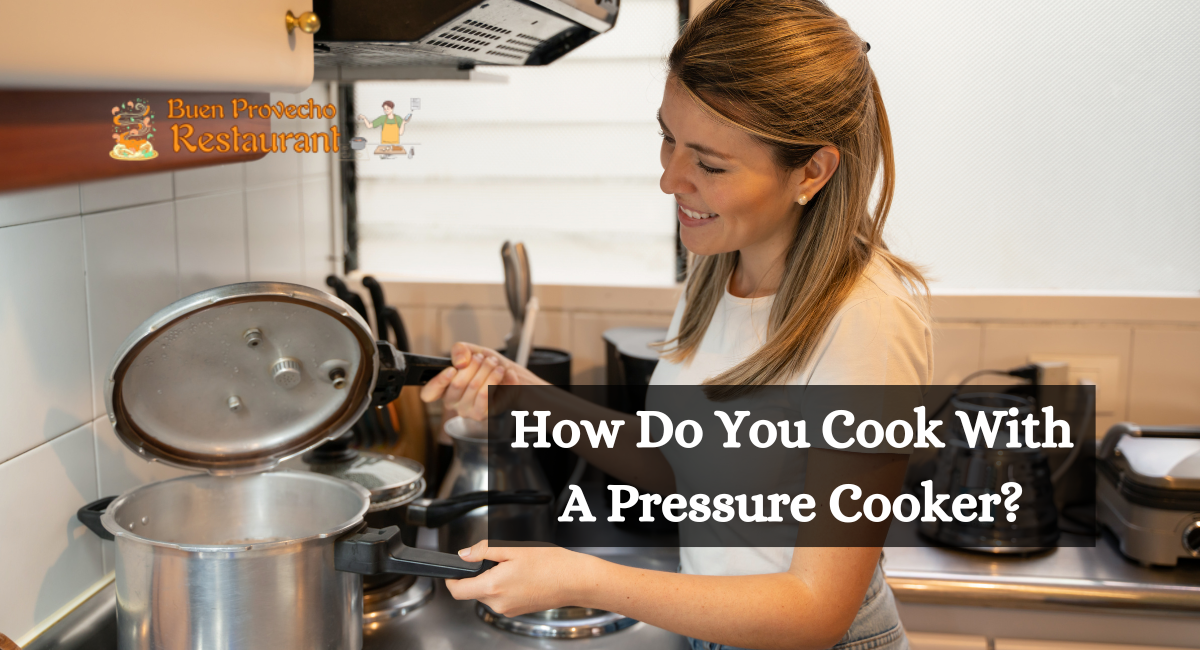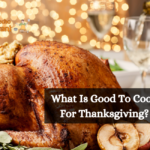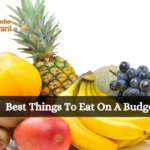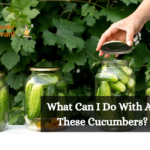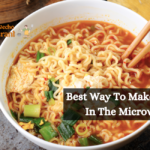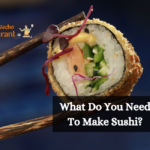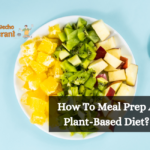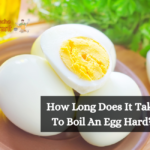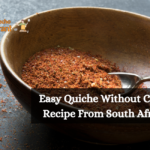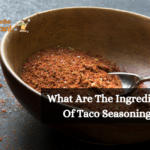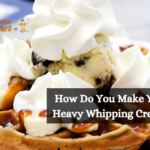A pressure cooker is an airtight container that uses steam pressure to cook food faster than baking or boiling.
Learning how to use a pressure cooker saves home cooks time and money while preparing meals. The shorter cooking period reduces energy consumption. Some foods retain more nutritional value when cooked in a pressure cooker than when prepared by simmering or other methods.
How Do Pressure Cookers Work?
Typically made of stainless steel or aluminum, pressure cookers include a pressure valve and a lid with a seal that locks. When the pressure on a stovetop or an electric oven is activated, the liquid in the container boils at 212 degrees Fahrenheit, producing steam. The cooker’s lid traps steam within the enclosed space, causing the temperature to rise above the boiling point of water, thereby accelerating the cooking process. As required, the safety valve dissipates the pressure.
Many varieties of pressure cookers include accessories such as a steamer basket or trivet. Electric pressure cookers have an integrated heating element. When the appliance is plugged in, the heating element increases the temperature of the vessel. Consequently, you can cook food in a pressure cooker without a stove or cooktop.
Before Cooking, Inspect The Cooker
- Identify the type of cooker you have before beginning to cook. The older pressure cooker model (sometimes called a “jiggle top”) features a weighted pressure regulator atop the vent pipe on the lid. The more recent model employs spring-loaded valves and a closed system.
- Ensure that the cooker is not dented or cracked, which could cause it to discharge steam unexpectedly, reducing its performance and putting someone at risk of being burned.
Prepare Foods For Pressure Cooking
- Before pressure cooking, many cuisines require or can benefit from simple preparation. Ensure that you adhere to the correct recipe.
- Meats and poultry can be seasoned and browned with a small quantity of cooking oil over medium-high heat, either in the cooker or in a separate pan or skillet.
- It is possible to wash seafood before placing it in the steamer receptacle of the cooker. Brush vegetable oil onto the steamer basket to prevent food from adhering.
- Depending on the ingredients, chickpeas, dry legumes, and certain cereals should be soaked in warm water for at least four hours.
- Fresh or frozen fruits and vegetables should be washed and cooked in a steamer container.
Add Liquid
- Typically, pressure cookers require water to generate vapor. The minimum amount of water needed by “jiggle top” cookers is one cup, while valve cookers require at least half a cup. Add food to the cooker before adding water.
- When learning to use a pressure cooker, ensure the unit is never more than two-thirds full of liquid so that vapor can accumulate.
- Close the lid and Apply the Heat.
- After adding food and water, seal the lid and remove the safety valve or weighted pressure regulator.
Lock The Lid
- When determining how to use an electric pressure cooker, adjust the heat according to the instructions in the recipe.
- Place a stovetop cooker on a burner and set it to high when using it.
Monitor The Pressure And Reduce When Simmering
- As the temperature and pressure increase, the food will begin to simmer in the vapor. When you see steam coming out of the vent and the weighted regular jiggling on older models, you must position the safety valve on the nozzle. In newer models, a pressure indicator indicates the internal conditions of the cooker.
- Reduce the heat to maintain an even cooking pressure, and set the timer according to the instructions.
Complete Cooking And Release The Pressure
- Pressure cooker cooking periods vary by recipe. After the cooking time, switch off the heat and release the pressure. On the majority of cookers, the lid features a quick-release mechanism.
- Verify that the pressure has been released using the cooker’s pressure regulator or valve stem. The remaining vapor will emit a hissing sound as it escapes.
- Take food out of the cooker and serve.
Other Types Of Cookers
Similar types of food processors that specialize in different or additional techniques cannot be substituted with a pressure cooker.
- Slow cookers, as their name suggests, enable food to be cooked for extended periods, enhancing the flavor of foods such as grains. Programmable slow cookers make it especially simple to add ingredients and simmer them for 4 to 8 hours with minimal supervision. The crock pot is a well-known type of slow cooker.
- Multi-cookers are domestic appliances that can function as an electric stove, fryer, and steamer, among other functions.
- Instant pressure cookers combine the features of slow cookers, yogurt makers, and more.
Care and Storage
To safeguard your investment, carefully wash your pressure cooker, paying particular attention to the rubber seal and the vent. It would help to place the lid inverted on top of the container or set it to the side when storing.
Thank you for reading….
